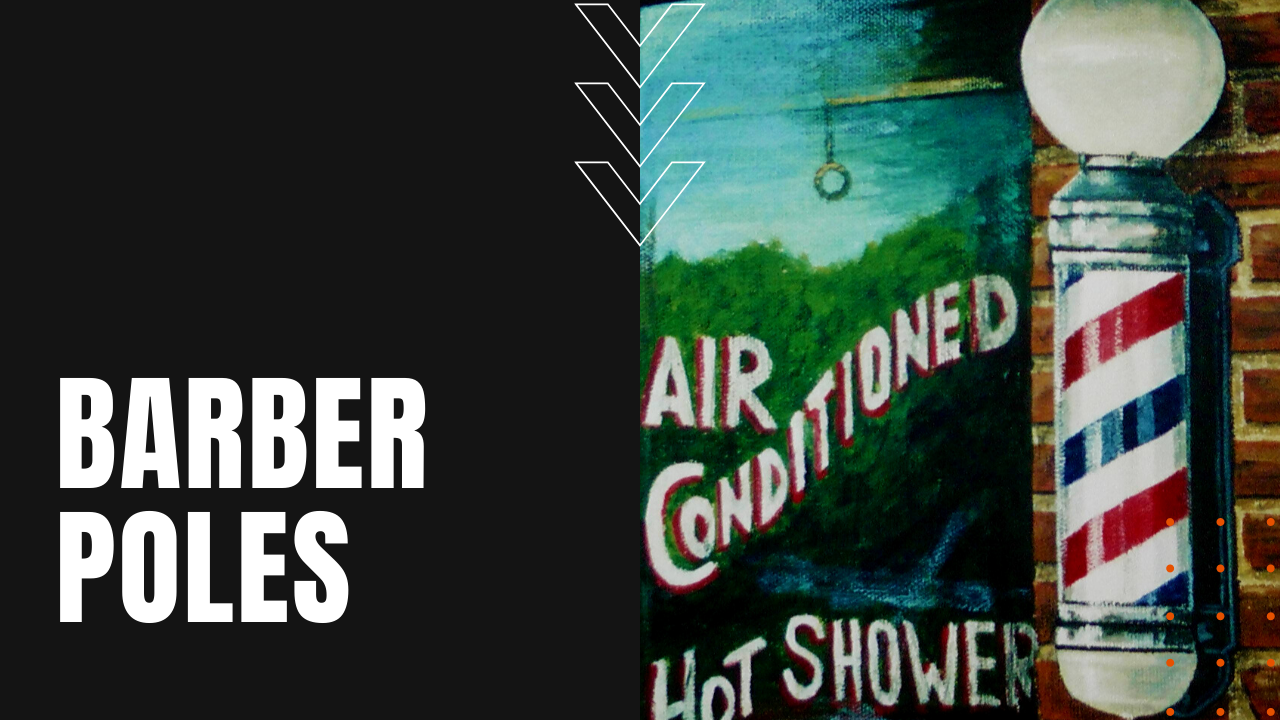Why are Barber Poles Red, White, and Blue?

The colors of a barber’s pole represent a legacy of a long-forgotten era when people went to barbers not just for a haircut and a shave, but for bloodletting and other medical procedures. During the Middle Ages, bloodletting, which involves cutting open a vein and allowing blood to drain from the body, was a common treatment for a wide range of maladies, running the gamut from sore throats to bubonic plague.
Monks were often tasked with caring for the sick, and given the barber’s skill with sharp instruments, they were frequently called upon to provide assistance to caregiving monks. That is until the year 1163, when Pope Alexander the Third forbade the practice for monks, thrusting bloodletting onto the barber surgeon’s menu of procedures, which included the extraction of teeth, setting broken bones and treating flesh wounds.
History of Barber Poles
After the formation of the United Barber Surgeon’s Company in England, sometime around 1308, a statute required that barbers identify their businesses with a red and white pole, while a full-on surgeon used a red striped pole only. Due to its origins in Medieval Europe, the red stripe of a barber’s pole represents blood, while white represents the bandages used to staunch the bleeding.
The pole itself is said to symbolize the stick that a patient squeezed to make the veins in his arm stand out more prominently for a bloodletting procedure.
Baber Poles Around the World
In Europe and Asia, barber’s poles are traditionally red and white, while in America, barber’s poles are red, white and blue, representing a patriotic nod to the colors of the American flag. By the mid-1500s, English barbers were banned from providing surgical treatments, although they continued to legally extract teeth. Both barbers and surgeons, however, remained part of the same trade guild until 1745, when surgeons pulled their association from such barbarous practitioners.
While bloodletting largely fell out of favor with the medical community in the 19th century, one of the primary tenants of Galenistic medicine is still used today to treat a small number of conditions, including hemochromatosis or high blood/iron content or polycythemia vera, which is a rare form of blood cancer.
In South Korea, barber’s poles are used both for actual barbershops and for the identification of brothels. Referred to as ibalso or miyongsil, brothel poles are more likely to use two poles next to each other, often spinning in opposite directions, bringing new meaning to the definition of a close shave. And there you have it, the history of barber’s poles, today on The Daily Dose.
